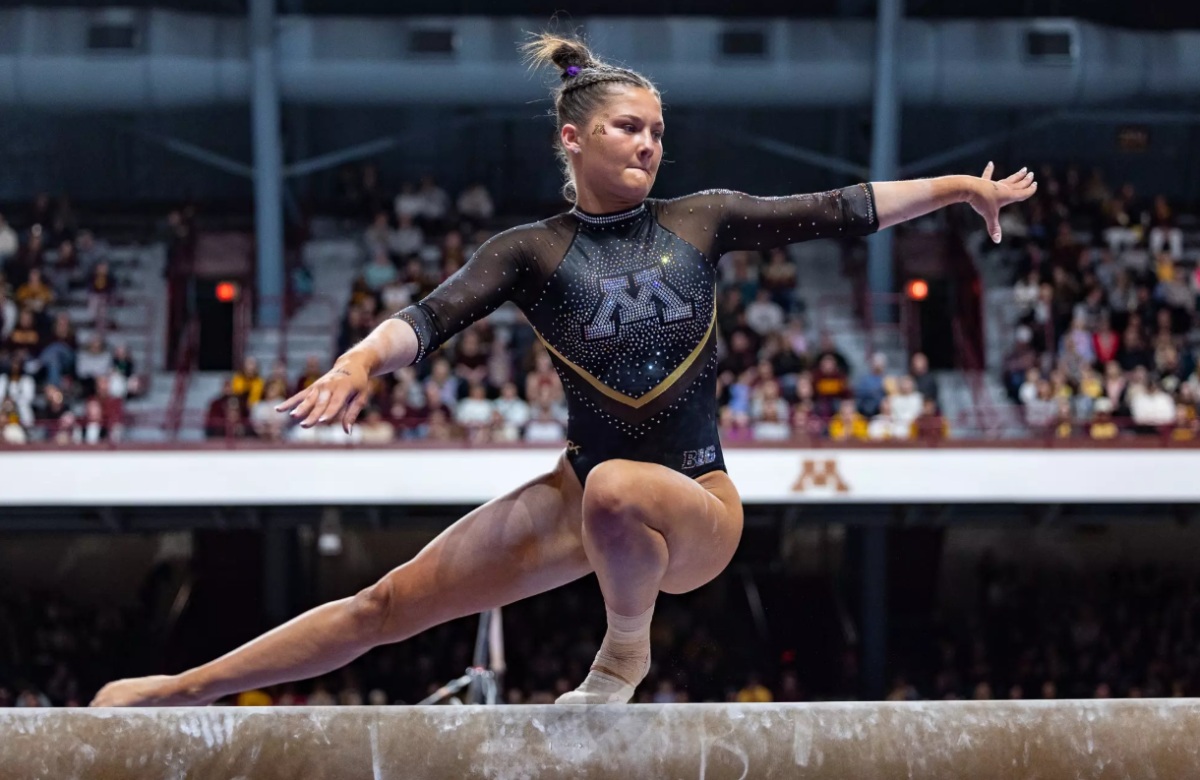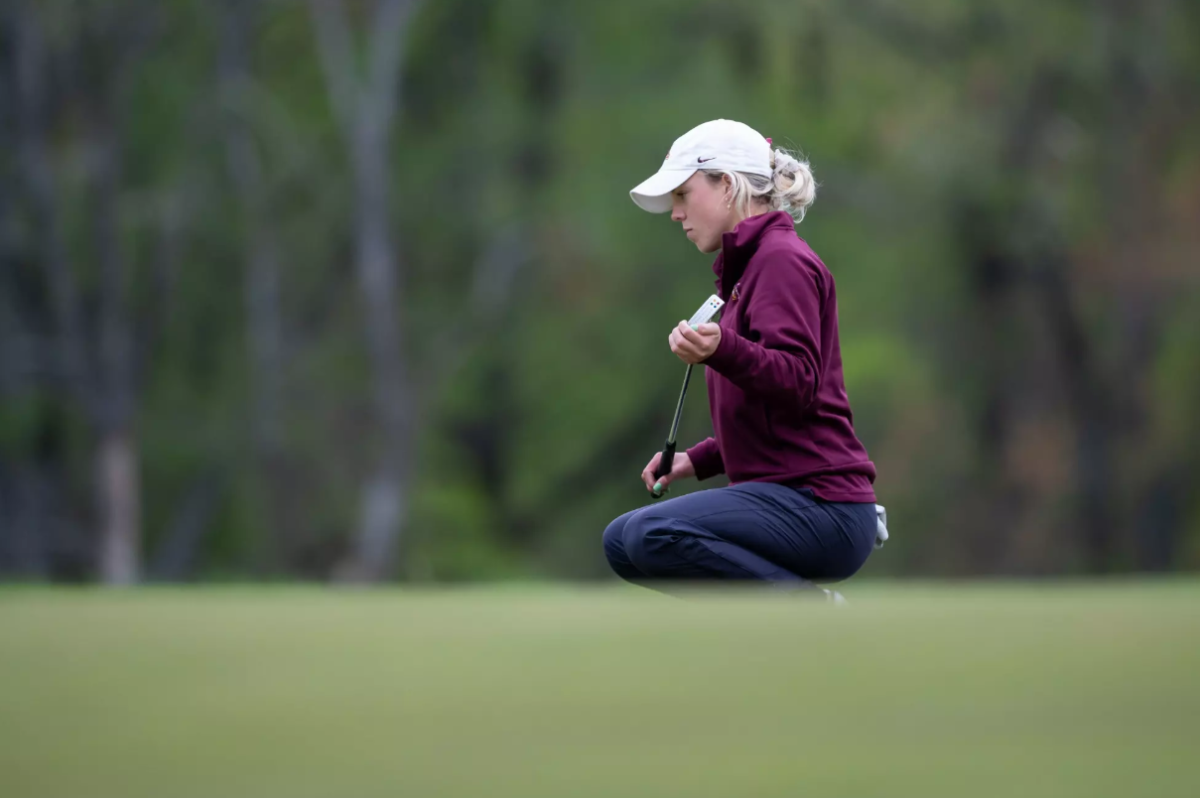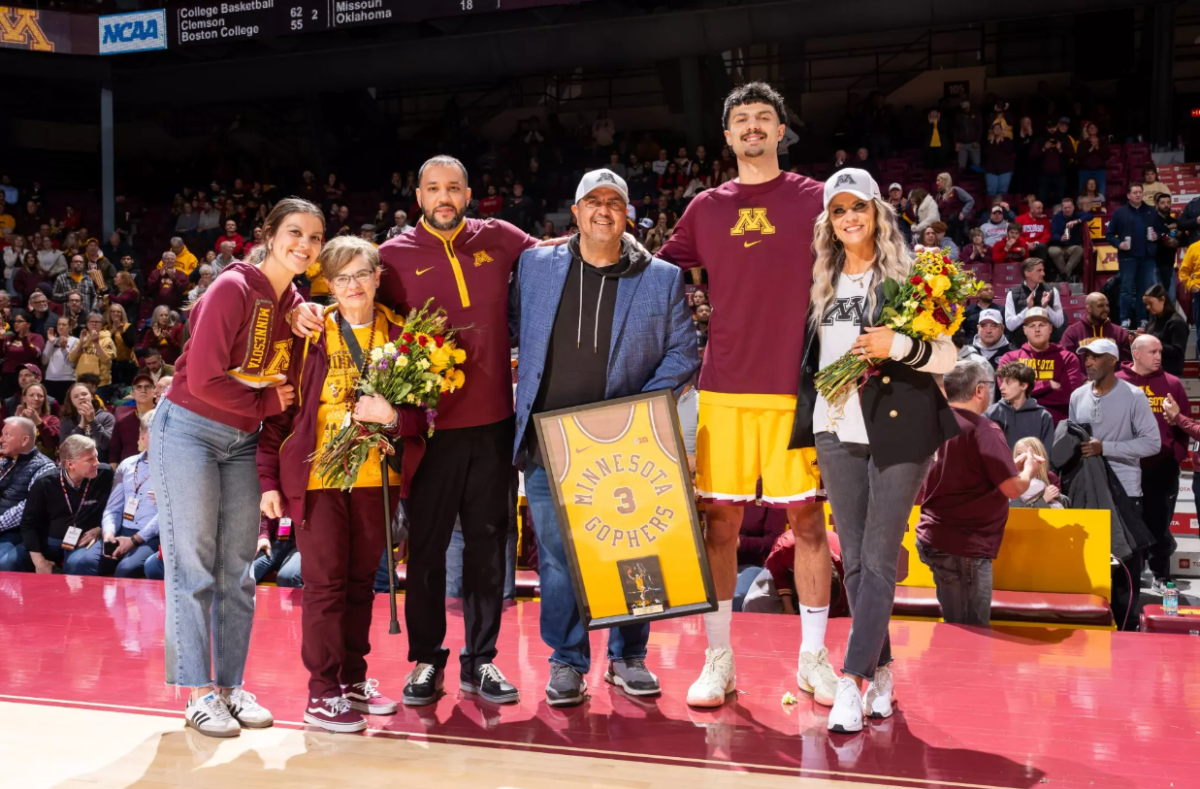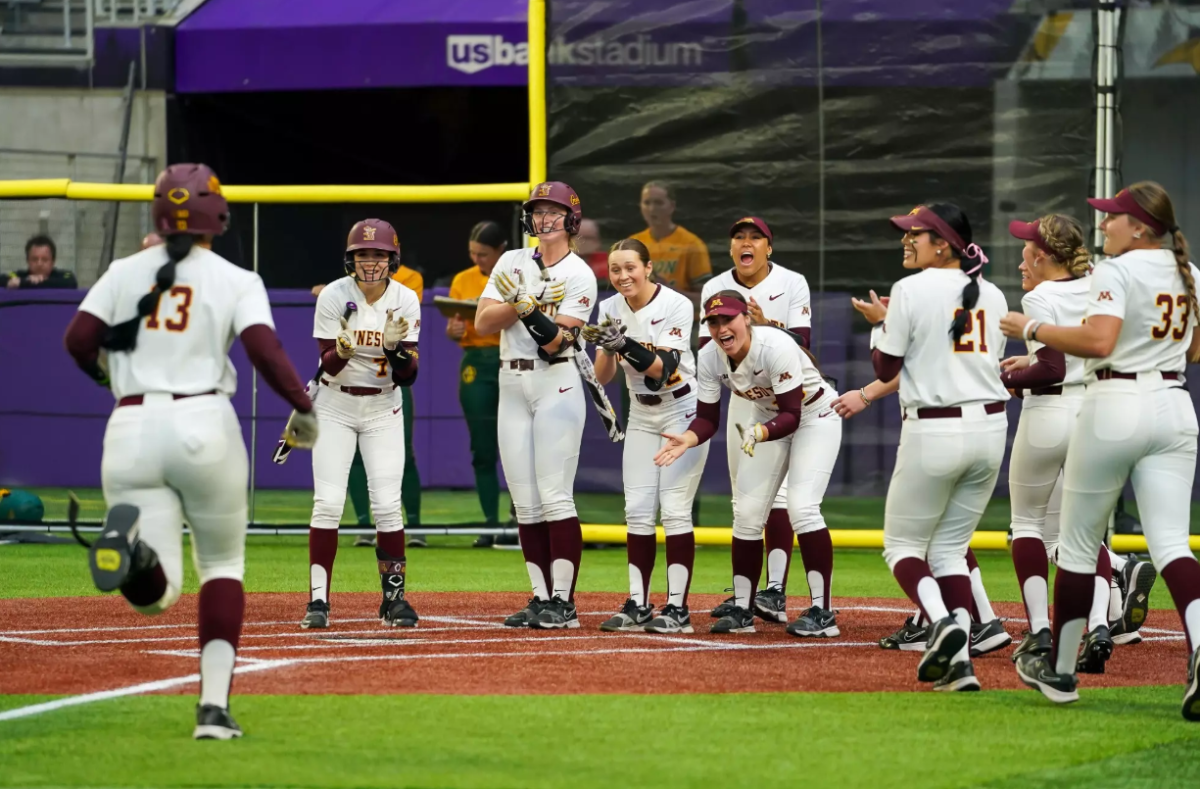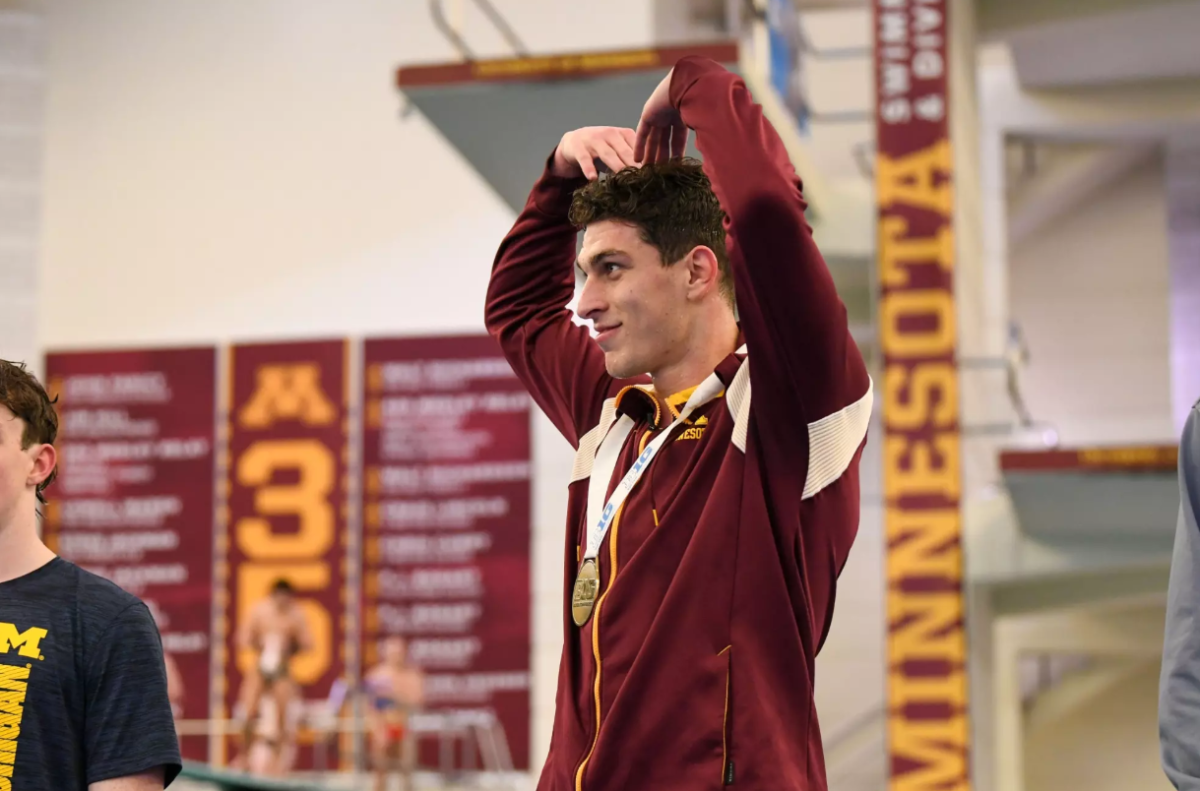Social media isn’t just popular among University of Minnesota students.
Some Gophers coaches are taking to Twitter to promote their team, build their personal brand and interact with their fans, among other things.
The Minnesota Daily talked to four Gophers head coaches to discuss how they use Twitter and how it impacts their teams.
CHUCK MERZBACHER, head women’s tennis coach
Twitter handle: @Coach_Merz
Tweets: 700 (as of Tuesday afternoon)
Following: 922
Followers: 317
Since he joined Twitter last year, many of Chuck Merzbacher’s tweets have been dedicated to his team.
“A lot of coaches were tweeting, and it’s a way to kind of get your message out about your program,” he said.
But the coach also infuses his own personality into his account.
“It’s a way for people to get to know you,” he said. “In the public eye, you want to let people know a little bit about you.”
He also said he likes to use the site to “make fun of things that happen in life.”
For example, Merzbacher recently tweeted about breaking a pair of his glasses: “Dang, just broke my Dollar Tree reading glasses. Those things were cheap…”
Merzbacher said he talks about Twitter with his team, but many of them mainly “keep it to just humorous stuff that happens in their lives.”
“They realize they’re getting looked at and they need to keep it clean,” he said.
JOHN ANDERSON, head baseball coach
John Anderson is one of the few Gophers head coaches without a Twitter account.
“I guess I’m not caught up to the 21st century,” he said.
The longtime head coach said he has thought about joining. But for now, he said he’s going to stay away from it.
“Who knows? Before it’s over, I might jump in,” he said.
The recruiting world is extremely different from when Anderson took over as head coach in 1981.
“If you want to find out what’s going on in the recruiting world, just go to [the recruits’] Facebook and Twitter accounts and you can learn a lot,” Anderson said.
Though he doesn’t use Twitter, he’s well aware of its function and makes sure his team is educated on the impact of social media.
“It can be a very useful tool, but it can be damaging if you’re not careful about what you do,” he said.
SARAH HOPKINS, head women’s cross country coach
Twitter handle: @MNXCCoachHop
Tweets: 2,134 (as of Tuesday afternoon)
Following: 247
Followers: 453
Sarah Hopkins estimates she uses her account 70 percent for “team stuff” and 30 percent for personal tweets.
“I think there is some value to knowing a little bit about what I do outside of the sport, especially since a lot of the recruits that we’re working with or parents or current kids follow me,” she said.
Her dog, Robbie, makes frequent appearances on her account.
“It just kind of gives a little personal side where it’s not just business,” she said. “And who doesn’t love a cute dog every now and again?”
Hopkins said she doesn’t use her personal account to follow the runners on her team unless they follow her first.
But she does have partial control of the team’s Twitter account, and she has addressed tweets her players have sent in the past.
“It’s not the end of the world if I see it and tell you to take it down, but it might cost you a job five years from now … and so they have to learn that,” she said.
Sometimes while recruiting, Hopkins said she’ll find an athlete’s Twitter account while searching them online. She said recruits can become “less appealing” because of some of the information they put on the Internet, but she tries not to make a “wholesale decision” based on social media.
“It’s just another piece of the puzzle because it definitely helps us in some ways because we’re always looking for red flags,” she said.
But on occasion, she said Twitter can work in the recruit’s favor.
RICHARD PITINO, head men’s basketball coach
Twitter handle: @MNCoachPitino
Tweets: 428 (as of Tuesday afternoon)
Following: 69
Followers: 26K
Richard Pitino follows 69 people on Twitter, but he said he never reads his tweets because it clouds his mind.
“I have a job to do, and I’ve got to have a great belief in what I’m doing,” Pitino said. “Reading Twitter is just a distraction to that, so I don’t do that.”
Still, he does tweet occasionally.
From May 5 to June 2, eight of his nine tweets were congratulating an athlete or team on its accomplishments.
He tweets about his personal life, too. He announced the birth of his son, Jack, publicly by sharing a picture in April of himself, his daughter and his newborn son.
“Certainly it’s a way to market your program [and] market yourself as a coach, because we’re the heads of these programs and it’s important, so I understand that,” he said.
But he’s also very aware of the potential downsides of the site.
“Sometimes, it becomes too individualistic and Twitter makes you forget about the team a little bit,” Pitino said. “As a coach, and in sports, it’s all about the team, so you’ve got to make sure they understand.”
About once a week, he said, “we’ll put … an article in their locker about somebody [in sports] screwing up because of what they wrote on Twitter.”


